This tenth and final blog post is part of Food Safari Kuala Lumpur 2014 – a series of ten mouth-watering blog posts of the best eats during my 9-day trip to the city.
Here’s a recap of this series and thanks for joining me on this delicious journey around food haven Kuala Lumpur, Malaysia.
1 Pasar Basah Kuala Ampang, Selangor
2 Restoran Soong Kee, Kuala Lumpur
3 Restoran Setapak Teochew, Kuala Lumpur
4 Petaling Street & Madras Lane, Kuala Lumpur
5 Elegant Inn, Kuala Lumpur
6 Kam Kee Seafood Restaurant, Petaling Jaya
7 Kedai Makanan Mun Wah Hokkien Mee, Kuala Lumpur
8 Restoran Siu Siu, Kuala Lumpur
9 Restoran Soo Kee, Kuala Lumpur
10 Jalan Imbi Market, Kuala Lumpur
~~~~~~~~O~~~~~~~~
“Get hold of their mobile phone numbers!” I say to my mum. “We need to do it before that whole place disappears.”
As stall owners, butchers, fishmongers, fruit and vegetable sellers and shoppers go about their daily business, a time clock is ticking away. This marketplace has been the livelihood of small food vendors and hawkers for forty years. Prior to its current location, the market used to occupy an area on what is now Lot 10 Shopping Centre back in the 1970’s.
Sitting on prime real estate does not help its cause. It was only a matter of time before government authorities and big businesses seize the opportunity for higher value land use.
The writing has been on the wall for a few years now and old buildings around the market are gradually being demolished to make way for a new business and financial centre in the heart of the city.
Over the last few decades, these vendors have been operating out of makeshift stalls within the market and have built up a legion of loyal customers. Due to immense popularity among locals and tourists alike, the market has been spared until the very last development phase when these small food vendors and hawkers will be issued notices to vacate and relocate their businesses elsewhere. A new premises, if at all there is one, is speculative and unknown.
This is the story of an iconic marketplace in the heart of Kuala Lumpur.
Jalan Imbi Market
When Mysaucepan and I began food blogging three years ago, we were tentative and initially just shared a few family recipes and restaurant outings in Sydney. A trip to KL gave me the chance to blog about food outside of Australia for the first time.
Even though I was born in KL, I recall being extremely excited to view the city for the first time from a blogger’s perspective – that is, snapping photos for the sake of sharing a story.
I fondly remember my Jalan Imbi Market blog post to be the first about food in my home city. I desperately wanted to share scenes of daily life in Malaysia that is so different to Australia. My affinity for this humble marketplace is growing with each visit, especially when its days are numbered.
Although there are large international supermarket chains such as Tesco and Carrefour in Malaysia, I find wandering around a ‘wet market‘ in Kuala Lumpur to be a fascinating experience.
As early as six o’clock in the morning, the sleepy surrounds of this market begin its transformation. Within the next hour or so, stall owners receive fresh food supplies and trading quickly ascends into a thriving hub of activity. For any tourist or visitor, I would advise you come to this market very early during weekend mornings. There are a lot more people during the weekend compared to weekdays which spur more stalls to be open for business.
Tropical and imported fresh fruits are relatively cheap and plentiful in terms of variety.
Although local seafood is fresh, I cannot help but compare it with what I can get back home at the Sydney Fish Market.
It makes me appreciate Sydney’s seafood even more because we are spoilt for choice when it comes sheer variety and volume.
Pomfret is a popular fish among the local Chinese in Malaysia and it is usually steamed or deep fried to a crisp golden brown. It was one of my favourite dishes while growing up in Kuala Lumpur.
Fish is scaled and cleaned after being weighed. But there is a story behind each of these images.
In Sydney, seafood is traded by big private companies such as De Costi Seafoods, Musumeci Seafoods, Nicholas Seafood Traders, Christie’s Seafoods who are both wholesalers and retailers. These companies employ management staff and armies of young casual workers to run its daily operations.
At Jalan Imbi Market, these fishmongers are sole traders selling directly to the public. They do everything from receiving and processing stock to deliver fresh seafood to their customers. In short, they work a lot harder to earn their livelihood.
There are many different classifications for caged and free range eggs in Australia, let alone brands from different parts of the country.
In Malaysia, eggs are generally classified by size and priced accordingly.
Poaching is probably one of the simplest way of cooking a whole chicken. These are cut up on the bone and usually served with steamed rice.
Steamed salted chicken is a popular home style Hakka dish.
I find it amazing these rice dishes have already been freshly cooked so early every morning and even more so locals eat a huge rice meal like this for breakfast.
This man might as well be the local equivalent of a French patissier although his dough is deep fried rather than baked.
He toils away, hands covered with flour as he smoothes out a piece of dough with a rolling pin. Then, his wife drops these twin pieces of dough into boiling hot oil.
The result is youtiao or deep fried bread sticks – one of the most popular breakfast staples in Malaysia and Singapore.
Crisp, light and fluffy, these sticks are begging me to dunk them into Malaysian style black coffee as you would churros into hot melted chocolate sauce.
It is zongzi festival as I wander through the market and these glutinous rice parcels are plentiful.
Triangular in shape, the savoury ones usually contain steamed glutinous rice, mung beans, Chinese black mushroom, lupcheong, chestnut, peanuts, salted egg yolk and a prized chunk of pork belly.
Dried scallops are relatively more expensive and have many different grades.
These smaller ones are usually used in Chinese soups and stews while some larger medallions are prized for its intense seafood flavour.
Lupcheong or Chinese waxed sausages are one of the most important ingredients in Chinese food culture.
Just like every culture having their own way of preserving food, lupcheong is used in many facets of Chinese cooking from simple fried rice, dumplings to being a special ingredient during a new year feast.
Dried oysters or ho see has similar connotation to ‘good fortune’ in Cantonese. The flavour of these dehydrated oysters are intense and they are seen as auspicious during Chinese new year festivities.
Dried squid adds salt complexity and umami flavour to Chinese soups and stews.
Chinese five spice mince in beacurd skin is popular with yong tau foo dishes, soups and Chinese stews. If eaten on its own, it is best dipped into a special blend of local chilli and hoisin sauce.
I have only wandered through a small section of the market that sells Chinese dry ingredients for cooking.
One thing is certain at Jalan Imbi Markets though – it is a melting pot of Chinese, Malay and Indian food ingredients that reflects the major communities that live in Malaysia.
Ah Fook Chee Cheong Fun
As much as I love to wander around this market, the main reason for coming here is to have a good local breakfast. Judging by the queue for Ah Fook’s chee cheong fun, it is thankfully not something I am craving for this morning.
Chee cheong fun and yong tau foo are seen by locals to be relatively more healthy compared to other types of street food because a variety of vegetables such as okra, bitter gourd, red chilli and eggplant are stuffed with fish paste and braised.
Ah Fook is a busy man this morning attending to so many customers waiting in queue.
Tofu puffs are deep fried onsite and this is what street food is all about.
When sales turnover is high, one can expect that food is freshly prepared.
It is barely nine o’clock in the morning and seating area at the popular food stalls at Jalan Imbi Market are filling up fast. On weekends, this place is so popular it is absolutely chockers.
Sisters Crispy Popiah
Sisters Crispy Popiah is one of the most popular stalls in the market. These delicious rolls can be eaten as a snack or an entire meal, depending on your appetite.
Prices have gone up by ten percent since July 2011 from RM2 to RM2.20 per roll. An average inflation of three odd percent over the last three years is fair considering the quality of the sisters’ popiahs.
From the next few images, one will be convinced it is these kind of street food that has defined Malaysia as an important food haven in South East Asia since its independence from British colonial rule in 1957.
A tissue-thin sheet of popiah skin made from wheat flour is firstly slathered with a combination of hoisin sauce, chilli sauce and har kow or light fermented shrimp paste.
Crisp and crunchy texture comes from roasted peanuts and deep fried shrimp sprinkled on the skins.

Adding beansprouts, lettuce leaves, shredded carrots, cucumber
Then, a medley of shredded lettuce, carrots, cucumber, omelette, Chinese lupcheong and deep fried eschallots are added.
Finally, snap-braised jicama (yam bean or turnip) is added over the fresh vegetables.
A picture of concentration, I marvel at May (cover image above), one of two sisters who own and operate this stall, going about her work. Supported by a helper, she can prepare, roll up and slice ten popiahs in a one-minute cycle. That’s an average of one popiah every six seconds, showcasing her incredible speed and dexterity.
Preparing popiah is one street food trait among so many I can think of, such as flipping roti canai or stretching teh tarik that the government ought to encourage, support and promote as an important aspect of Malaysian street food culture.
Nevertheless, the popularity of the sisters’ popiah business is undeniable and since 2003, this humble stall has grown to become a franchise of twelve outlets scattered across Malaysia.
The sights, smell and sounds around this market is truly a melting pot of Malaysian street food culture.
Families are out and about, children are wandering while parents buy food and groceries. Others are happy to take it easy with newspapers over breakfast.
Finding a table is not easy during peak breakfast hours.
Be warned ~ there is a loose system around this market where food stall owners allow you to sit at tables closest to their stalls only if you buy food from them.
Standing and peering over an occupied table is not unlike sitting in your car, waiting for the nearest car spot to become available in a carpark that’s full.
KL style Char Kway Teow
Today, I came here for one thing and just one thing alone. You only need to follow your nose because its smoky fumes can be detected a mile away.
KL style (as opposed to Penang style) char kway teow occupies a very important place within the landscape of Malaysian street food culture.
Together with assam laksa, KL style char kway teow used to be cooked by street hawkers off the back of their bicycles which they peddle from one neighbourhood to another. Some of these makeshift mobile kitchens on two wheels can still be found around this market.
So readers, this plate of char kway teow right in front of you is yet another defining moment of Food Safari Kuala Lumpur 2014.
The noodles, beansprouts, egg and blood cockles arrive in a greasy, garlicky mess. It is not Penang style char kway teow because there are blood cockles instead of prawns and savoury caramel black sauce (as opposed to sweet black sauce used in Singapore style char kway teow) makes these noodles darker than its Penang counterpart.
Crispy bits of pork lard and imperative wok hei make this the king of all stir-fried noodles.
The morning air is humid, the clock struggling past nine and my mind is on a bottle of chilled chardonnay, where oaky notes might tame these incredibly smoky aromas.
I need an angel to douse fiery temptations in this devil’s lair but it’s not to be. I succumb and a second trip to this market with my friend David from Perth sees us having three plates among the both of us. Still, I think I have more room for this absolutely decadent heart attack on a plate if I wanted to.
Chai Tow Kway
Chai tow kway is similar to char kway teow to the extent it is stir-fried, bloody tasty with its smoky aromas and downright unhealthy. This particular hawker pre-cooks the small chunks of radish cakes until it’s caramelized and crisp outside. I can see it is ladened with oil as it awaits the next customer order.
When you place an order, he stir-fries fresh beansprouts, egg and then adds the crisp radish into the mix.
Look at this folks, where else would you find a smoky, spicy, eggy, unctuous, world-class chai tow kway served on a piece of waxed paper? This food is SO. BLOODY. TASTY.
“Lang chai, you’re going to be on the internet again!!” yells out a lady next to the chai tow kway seller in Cantonese. “Smile for the camera and posee-lah!!” she eggs him on.
The young man stops for a while and poses for me to take a photo.
“Yaaah, that’s the way, you ugly mug!!” the lady chides again, laughing out loud at his pose.
Such is the life for each of these food hawkers who bring us such deliciousness day after day. And Jalan Imbi Market is one of the last great bastions of Malaysian street food culture.
Here is my list of food recommendations:
- KL style char kway teow
- Chai tow kway
- Curry laksa
- Chee cheong fun
- Apom balik or pancakes with sugar and roasted peanuts
- Nasi lemak (there are two stalls – a Malay and a Chinese stall)
- Youtiao
- Hainanese style coffee, toasted bread with kaya (coconut jam), butter and soft boiled eggs
Some find the Malaysian style wanton mee to be good though I rate it average. Do check out my previous blog post Breakfast in Kuala Lumpur which also highlight some of the best eats at Jalan Imbi Market.
Is it just me or a melting pot of wet rubbish with remnants of what used to be disposable wooden chopsticks, plastic eating utensils and containers, paper plates, delicious prawns, spicy laksa, chilli oil, smoky stir-fried noodles and sauces look eerily appetizing too?
Nevertheless, this busy marketplace is on deathrow. And the best way to keep track of your favourite food stalls is to ask the stall owners for their mobile phone numbers to maintain contact with them when this place is eventually dismantled.
So dear readers, in view of the imminent closure of Jalan Imbi Market, please share the contact details of your favourite food stalls here with our readers.
Here’s some of my tips when planning a food safari in KL:
- Do some basic research on eat streets, hawkers and restaurants which are known for particular Malaysian style dishes to get some idea about whether the food actually suits your tastes.
- Local weather can be warm and humid, so do wear loose and comfortable clothing.
- Comfortable footwear is important if you are planning to walk the streets of KL.
- Carry bottled water and lots of face tissues for those deliciously greasy noodles.
- Pace yourself and avoid snacking on all sorts of foods as calories do add up quickly.
- Be very certain about what’s in your food if you have food allergies.
- Carry medication for diarrhoea and food-poisoning, especially if you are consuming street food for the first time or have even built up resistance.
- Be vigilant on the streets as some areas of KL are notorious for petty crimes such as snatch thieves and pickpockets. Avoid carrying loose handbags, large amounts of cash, important travel documents, credit cards and elaborate jewellery.
Jalan Imbi Market (aka Pasar Besar Bukit Bintang)
Jalan Kampung (off Jalan Bukit Bintang)
Kuala Lumpur, Malaysia
Opening hours: Everyday (except Mondays) from 6.00am – around 12 noon.









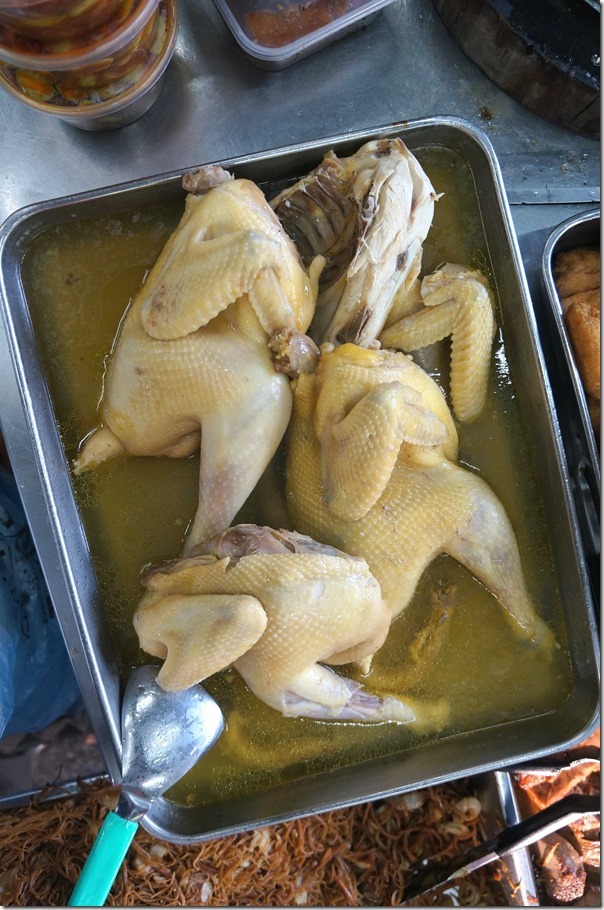

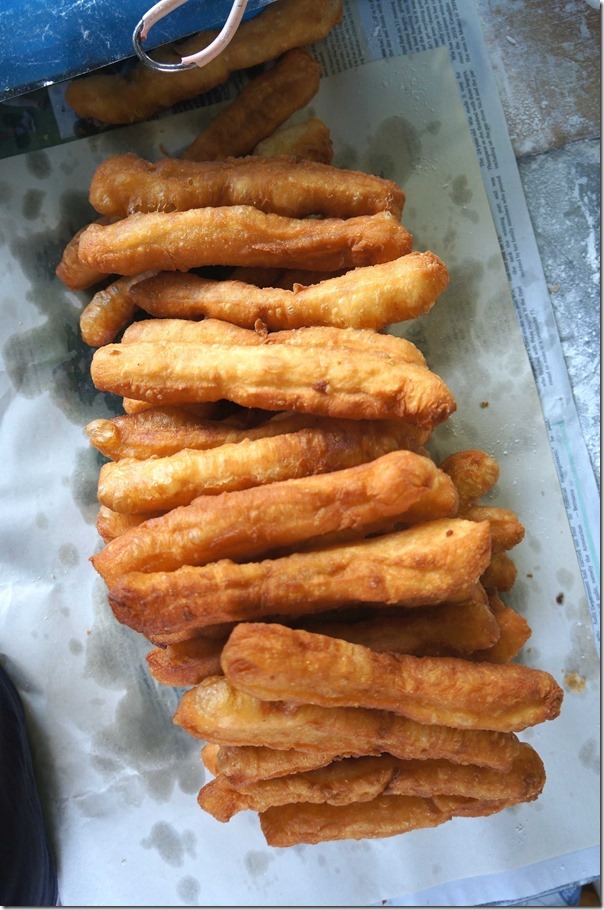














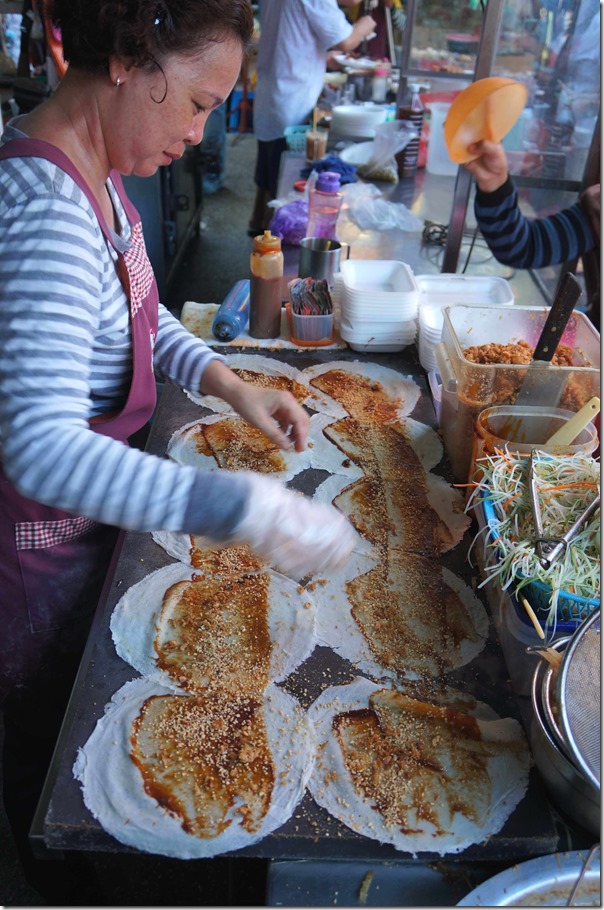


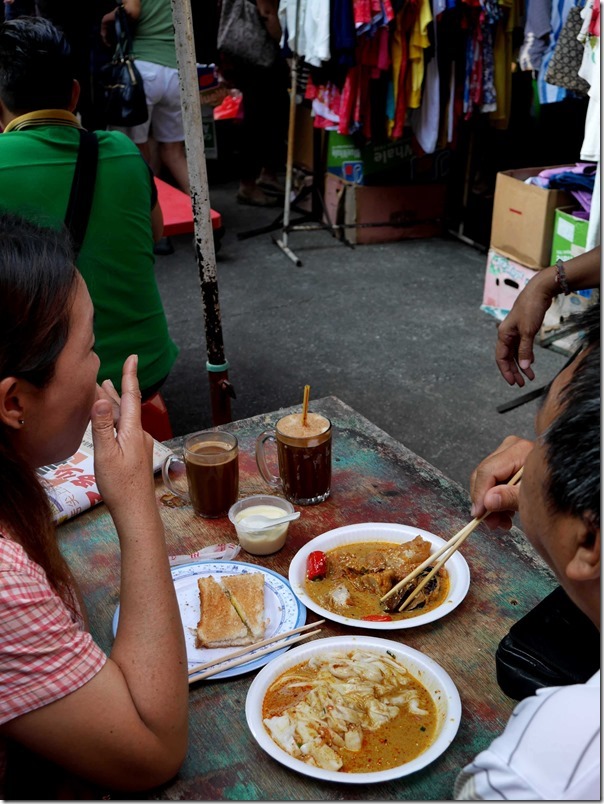





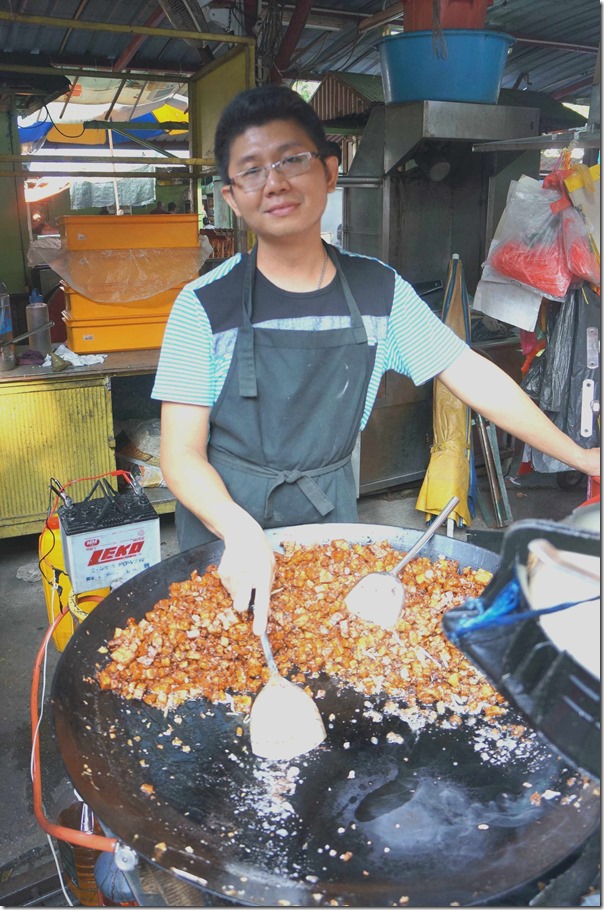






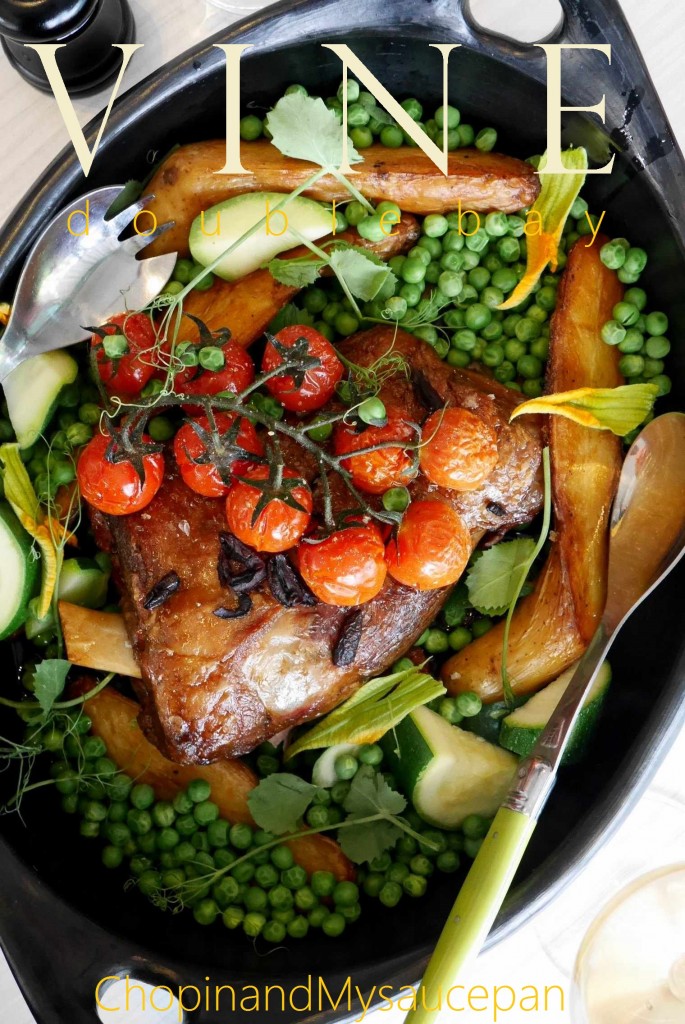







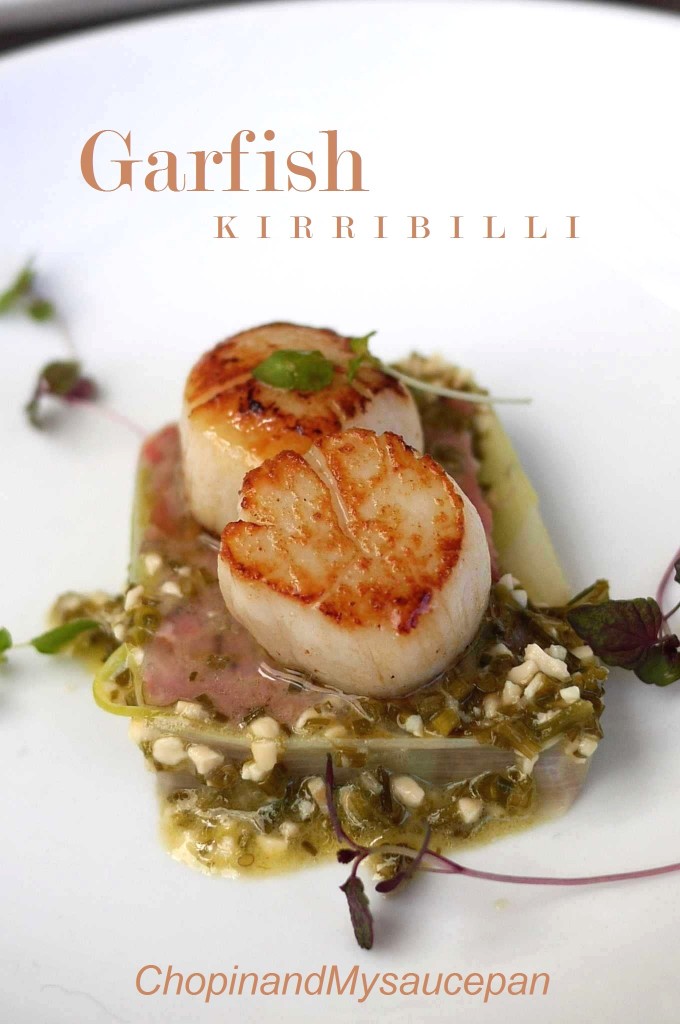
















































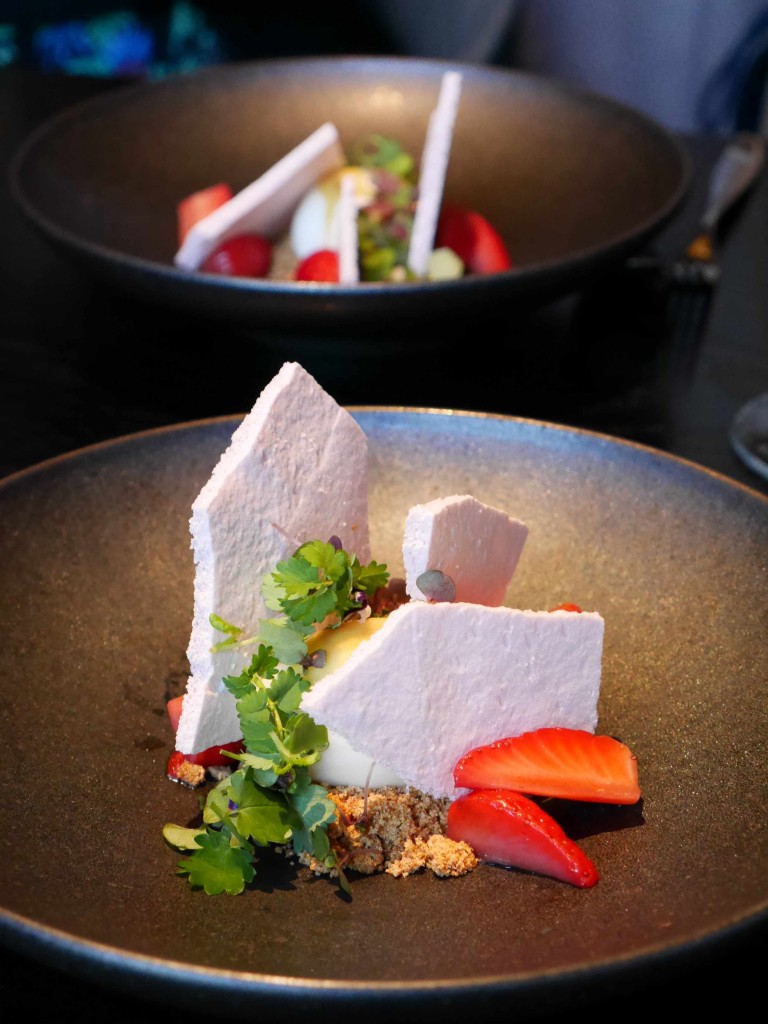



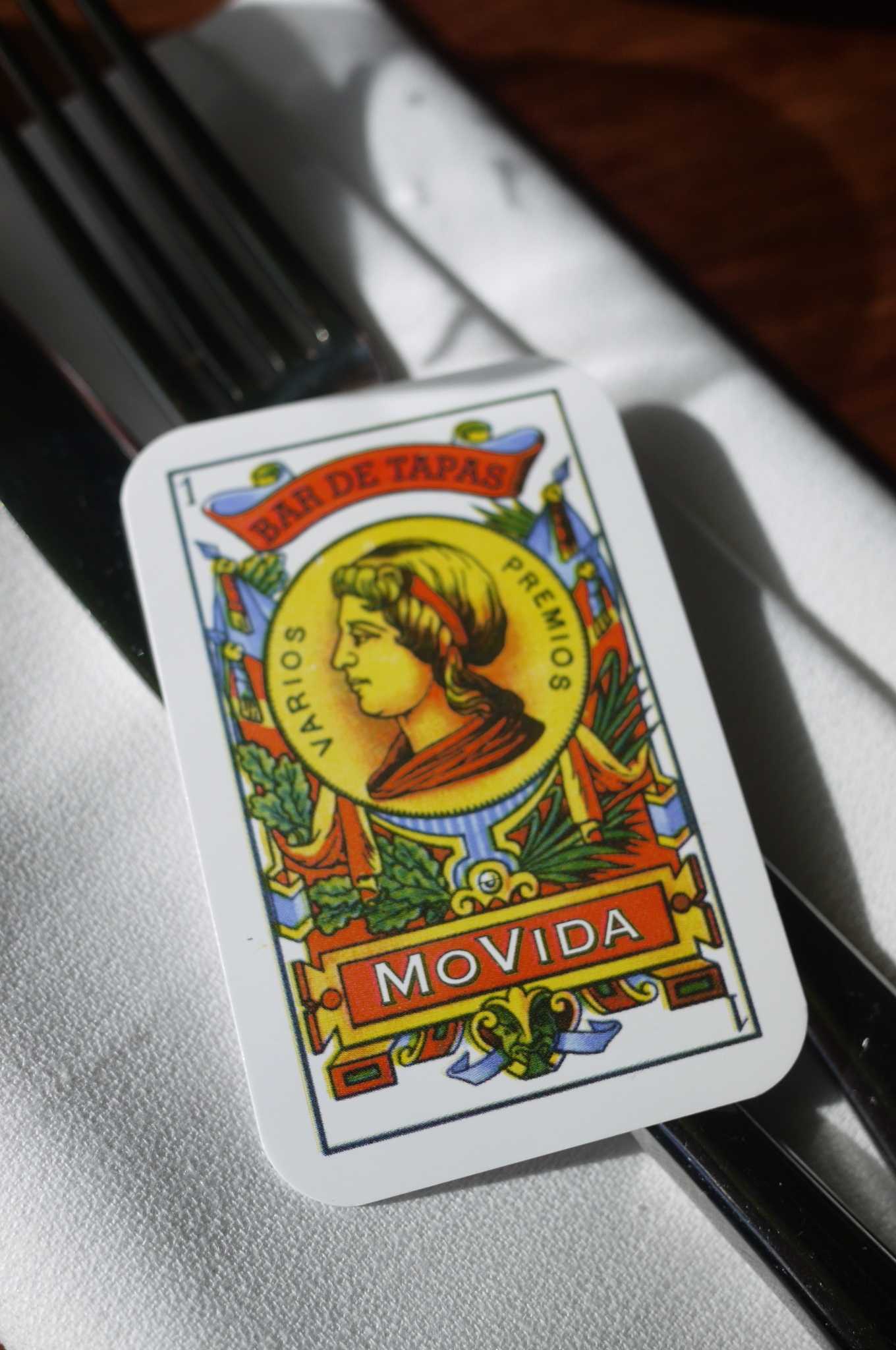






























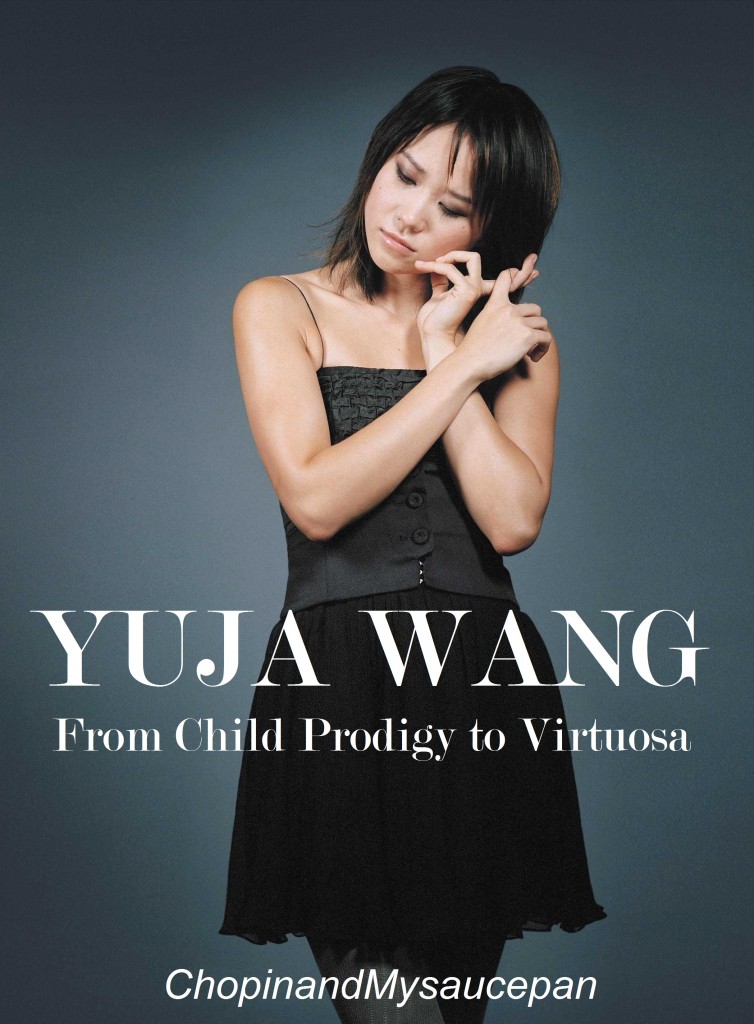










This post reminds me of the street food in Taiwan…and I sure miss some of them as I did not have a chance to eat when I was there this May…thanks for this post Chopinand.
Hope you are having a wonderful week 😀
It looks like the CKT in your pic is actually char mee, not the koay teow noodles. The Penang CKT usually has both cockles and shrimps. Some higher end stalls have bigger shrimps and a sprinkle of crab meat, might set you back RM8! Honestly, the crab meat does not enhance the flavour of CKT, just a garnish.
Dear Chris,
I always request “kway teow mee” and “spicy” if I am having KL style char kway teow.
Generally speaking, Penang CKT has prawns and KL CKT has cockles. However, I know that both prawns and cockles and sometimes lup cheong can also be found in both Penang and KL CKT depending on the stall. Some Penang CKT versions don’t come with garlic chives too. Still, there are some versions here in Sydney that uses deep-fried onions and diced shallots / spring onions as garnish which totally spoils the entire dish in my opinion.
I have tried most of the famous CKTs at Lorong Selamat and McAllister road in Penang. I do remember the cheapest one was around RM6 (back in 2010) but does not come with egg, which is a pointless option for me personally. I never quite cared for those ‘deluxe’ versions using both regular and mantis prawns in addition to crab meat.
Wow, that char kway teow looks incredible! And waahhhhh so many zongzi!
What a nice place to visit and explore for a traveler like me.
The markets look so similar like the ones we have in Indo, and the food looks fabulous as well! I love the pic of the popiah mass production, can you believe I’ve never tried any before? Do you have any recommendation for a good popiah in Syd?
Dear Irene,
I think popiah is tricky for restaurants because the skin requires skill and finesse and prep timing must be spot on or the skin becomes soggy.
I don’t crave popiah and if I ever do, I would try to make it at home. This looks like a good recipe for popiah skin.
https://www.youtube.com/watch?v=UE8bORiKSGU
Awesome overview and review. I always feel like I am standing right there with you with your energetic and action photos. I recognise so many of the food items there in your photos. However, I have yet tried a popiahs, topped with the jicama, that sounds so delicious. I guess this week is your diet week and it looks like you ate very well on your 9 day excursion. Thanks for taking us on your travels.. Take care, BAM
Nooooo! not the final one
I hope you post something like behind the scenes, I missed Malaysia with this series and lets me wanna go back there
Great reference! I’ve never been early enough to catch all these. Has anyone been successful in asking for hawker contacts?